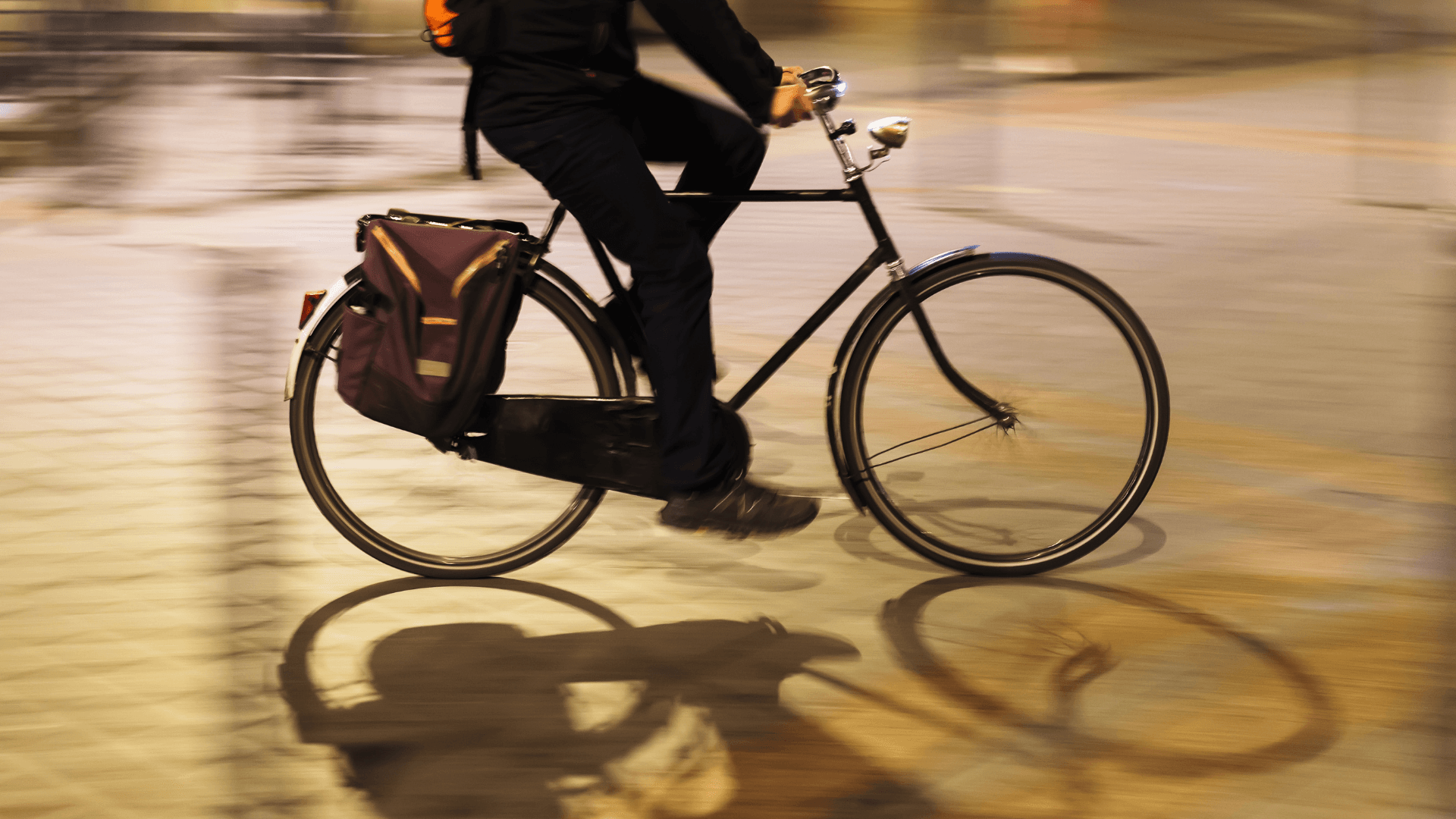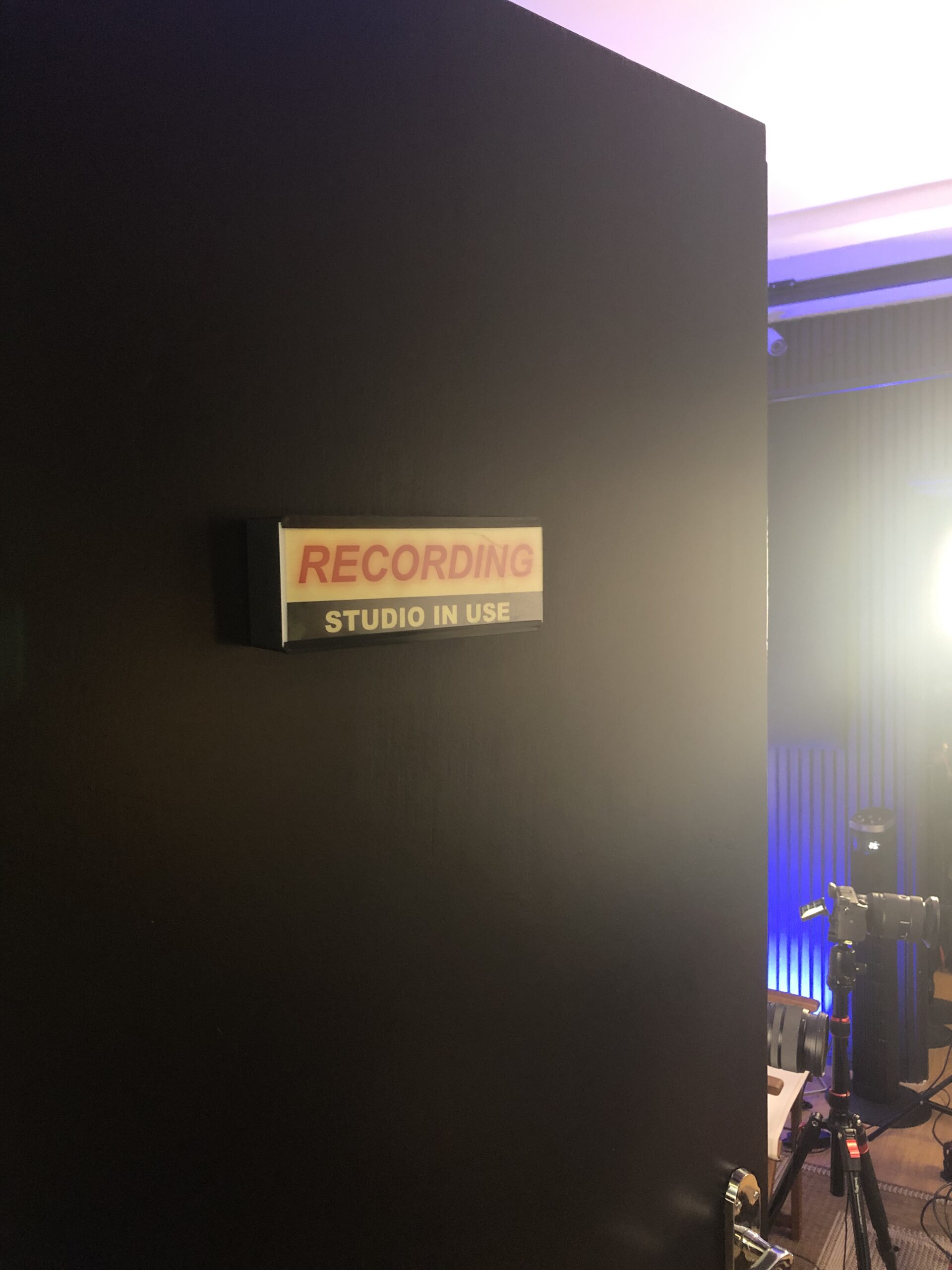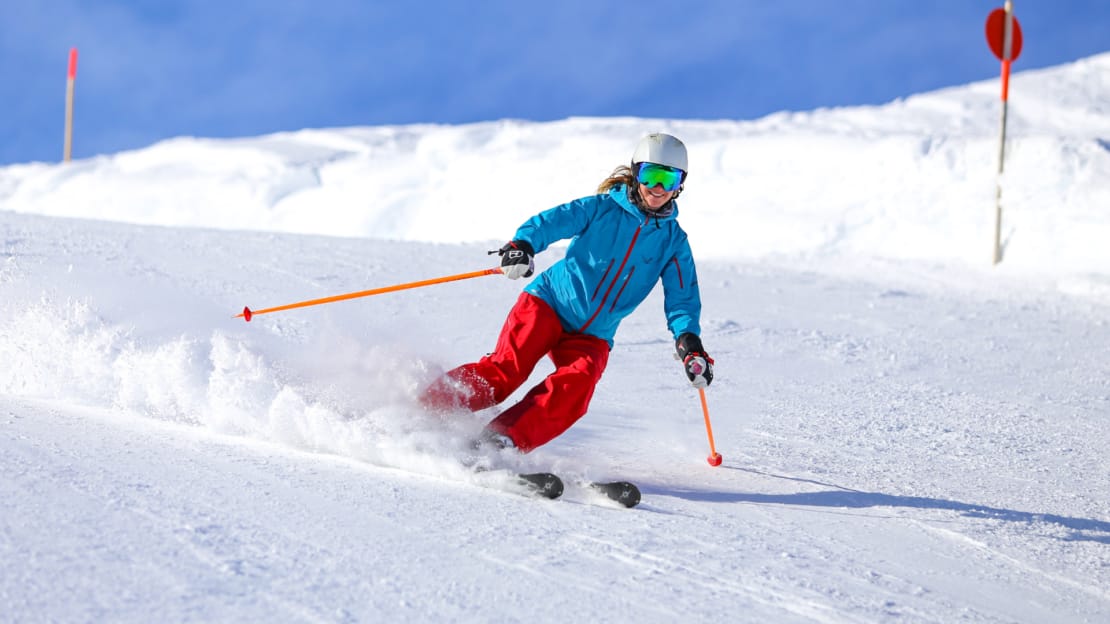Ski Fitness: How to Get Fit For The Slopes

Pure Sports Medicine
- 12 December, 2017
- Winter Sports
- 3 min read
Ski fitness: how to get fit for the slopes
Winter is here, and with the ski season kicking off to a glorious start, it is time to get physically prepared. A week on the slopes is a great way to enjoy winter: fresh mountain air, beautiful scenery and a strong hit of exercise.
A day on the snow is demanding, and for most of us, it engages muscles we have neglected throughout the year. This can be physically stressing and can predispose you to injury. Fear not! There are simple exercises you can do to prepare. Not only will it decrease your risk of injury and falls, but you can also improve your performance by increasing the strength and flexibility of certain muscle groups.
It’s common for people to hit the snow unprepared and then find themselves tired halfway through their holiday. Whether you’re a veteran skier/snowboarder or a beginner, engaging in specific prehab training will improve your overall fitness and balance and can even improve your technique.
What is prehab, you might ask? Prehab, or prehab, simply means preventing injury. This will hopefully decrease the need for rehabilitation after your skiing adventure. It begins pre-season, and it involves sports specific activities like strength training, stretching and drills catered for the sport.
Both skiing and snowboarding can be dangerous, and some traumatic injuries are beyond control, however, a number of injuries can be either prevented or at least their impact reduced. If you have a lack of stability/strength within your core and specific muscle groups, or you have poor technique, you can be predisposed to injury.
Here at Pure Sports Medicine, we’ve developed a set of basic strength exercises that will prepare your body for the snow. Whether you ski or snowboard, these will strengthen the main muscle groups engaged in both snow sports.
Squats
- Focus – Gluteals, Quads, Torso control
- Function – Breaking, heel slides, speed
- Keep your back straight, and send your tailbone out behind you. Drive the legs to come into an upright position, keeping back straight.
- Regression – Sit to stands
- Progression – Weighted squats
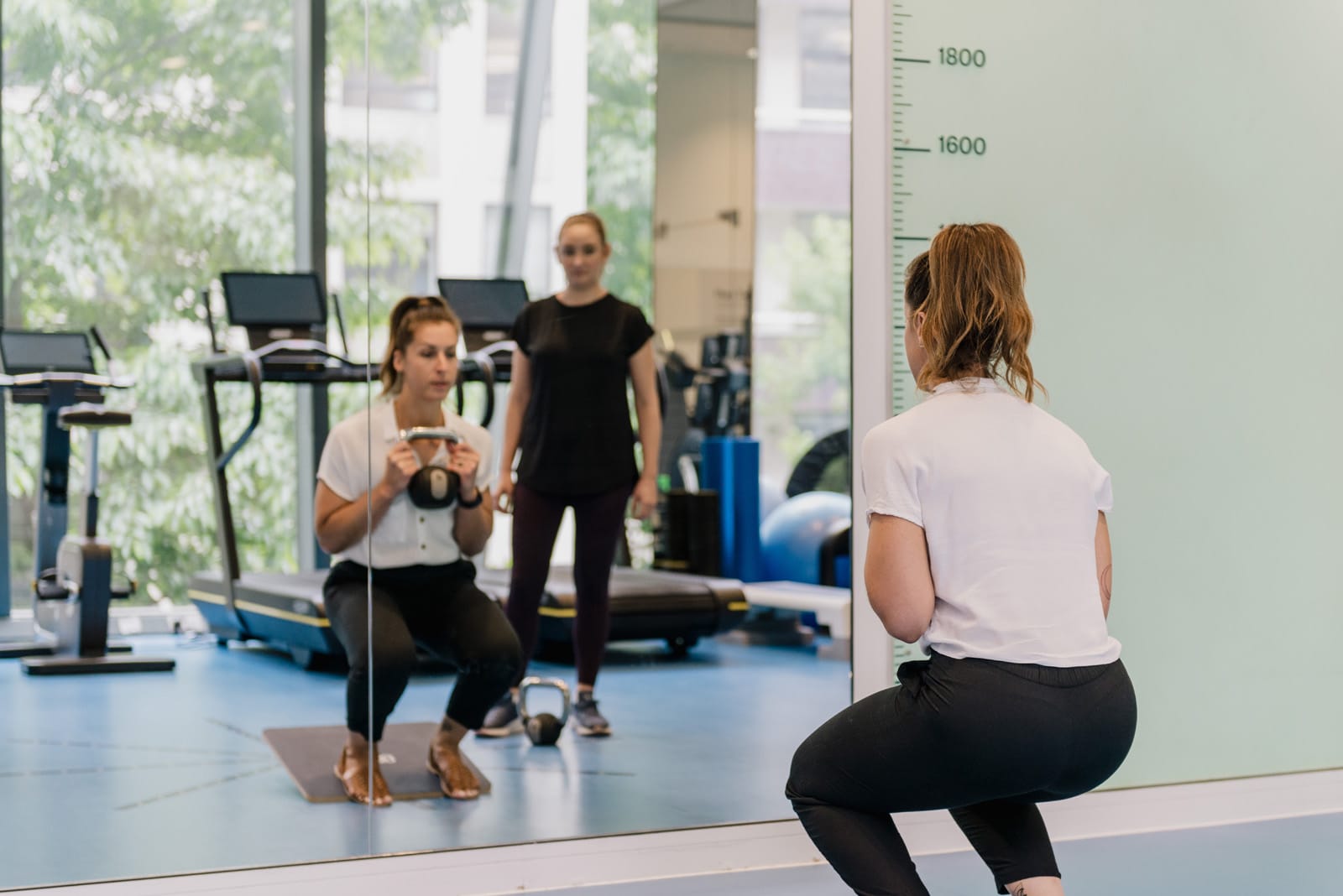
Lunges
- Focus – Gluteals, Quads
- Function – learning to single leg skate, uphill walking, fast turns
- Take a big step directly in front. Once balance is established on both feet with your front heel on the ground, lower back knee towards the ground as you were to kneel.
- At the bottom position, your front leg is flexed at 90° above your ankle, and your back knee is 1-2 inches (3-5cm) off the floor.
- To go back up, forcefully push off the floor with your front foot.
- Continue by alternating legs. Keep your torso upright during the movement.
- Regression – start kneeling on the ground
- Progression – Add a rotation
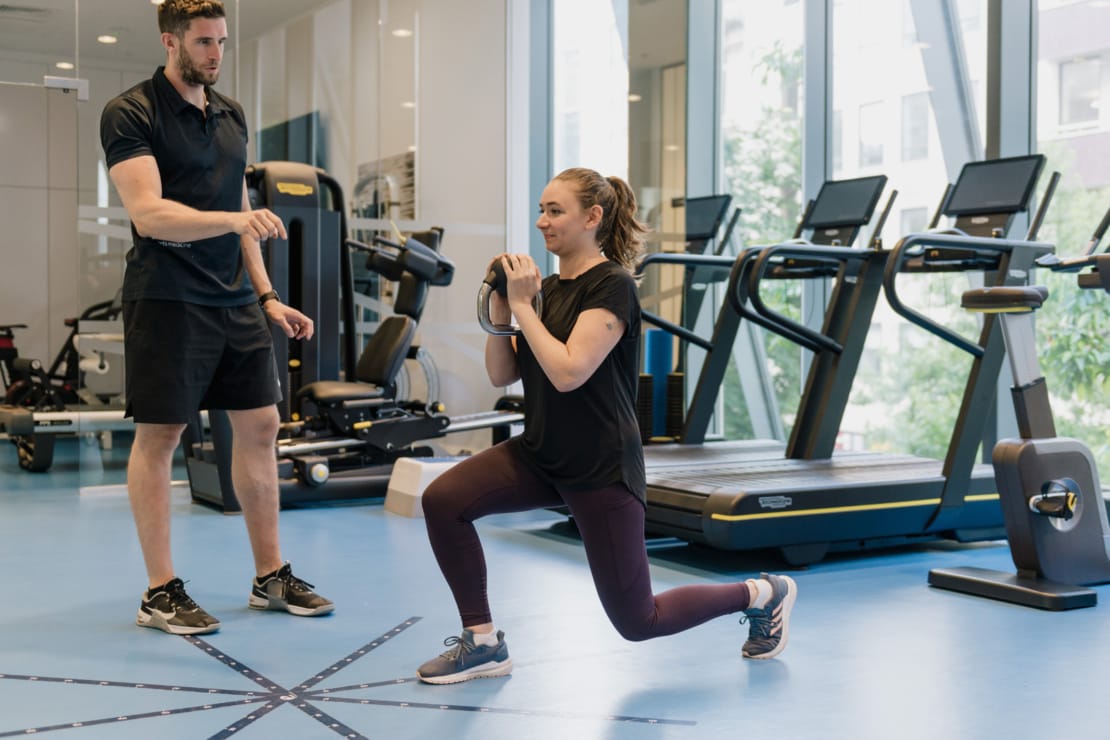
Bridges
- Lie on your back, knees bent, feet hip-width apart. Push down with the feet to engage the gluteals and send the pelvis up into a neutral spine position. The shoulders to knees should be aligned.
- Focus – Gluteals, Quads, Core
- Function – Breaking, heel slides
- Progression – bridging on ball
Planks
- Place the elbows directly under the shoulders and prop yourself on the elbows, keeping a neutral back and head aligned with the spine.
- Hold the position.
- Focus – Gluteals, Quads, Back
- Function – Breaking, heel slides, turning
- Regression – On knees
- Progression – Add leg lift
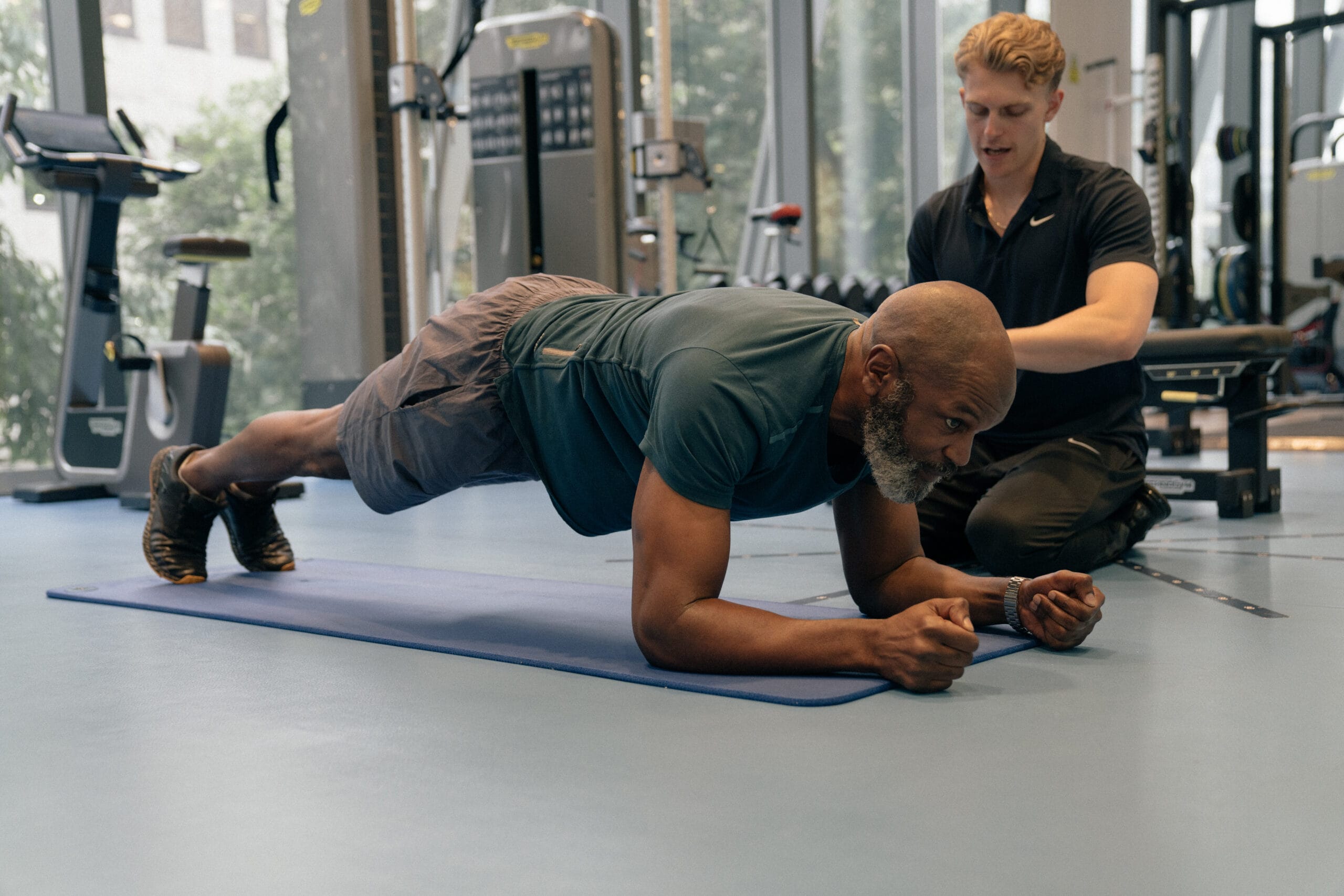
Side Planks
- Focus – Core
- Function – side shifting, rotations, turning
- Place the elbows directly under the shoulders and prop yourself on the forearms; keep a neutral back and head aligned with the spine.
- Hold the position.
- Regression – Plank
- Progression – Hip dips
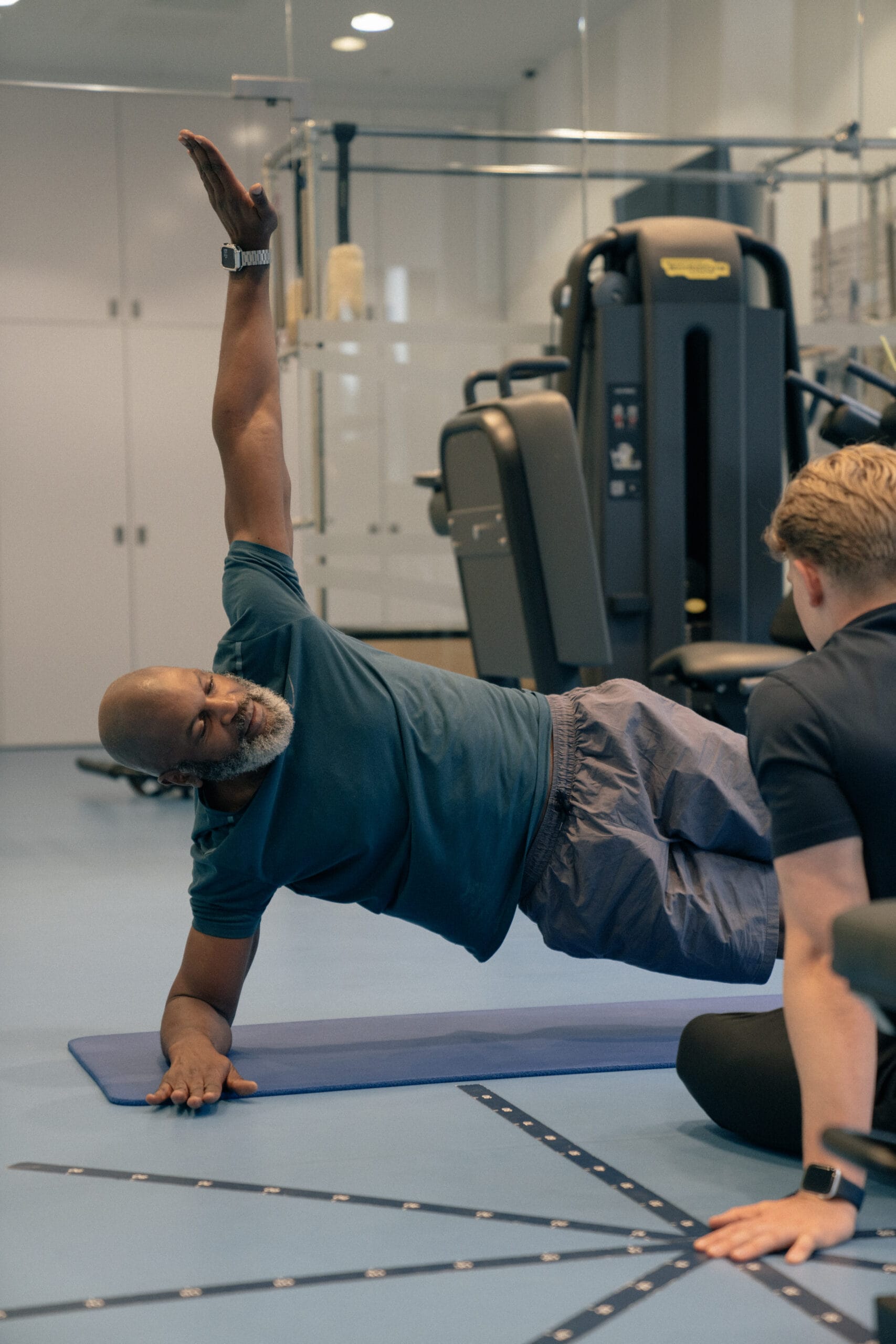
Push-ups
- Wrists and shoulders in line,
- Focus – Gluteals, Quads, Back
- Function – Breaking, heel slides
- Set up with your wrists and shoulders in line in a plank position, and make sure that your body forms a straight line from your head to your toes.
- Bend your arms and lower yourself towards the ground, not changing your straight line. Come down to touch your toes to the ground, then push back up.
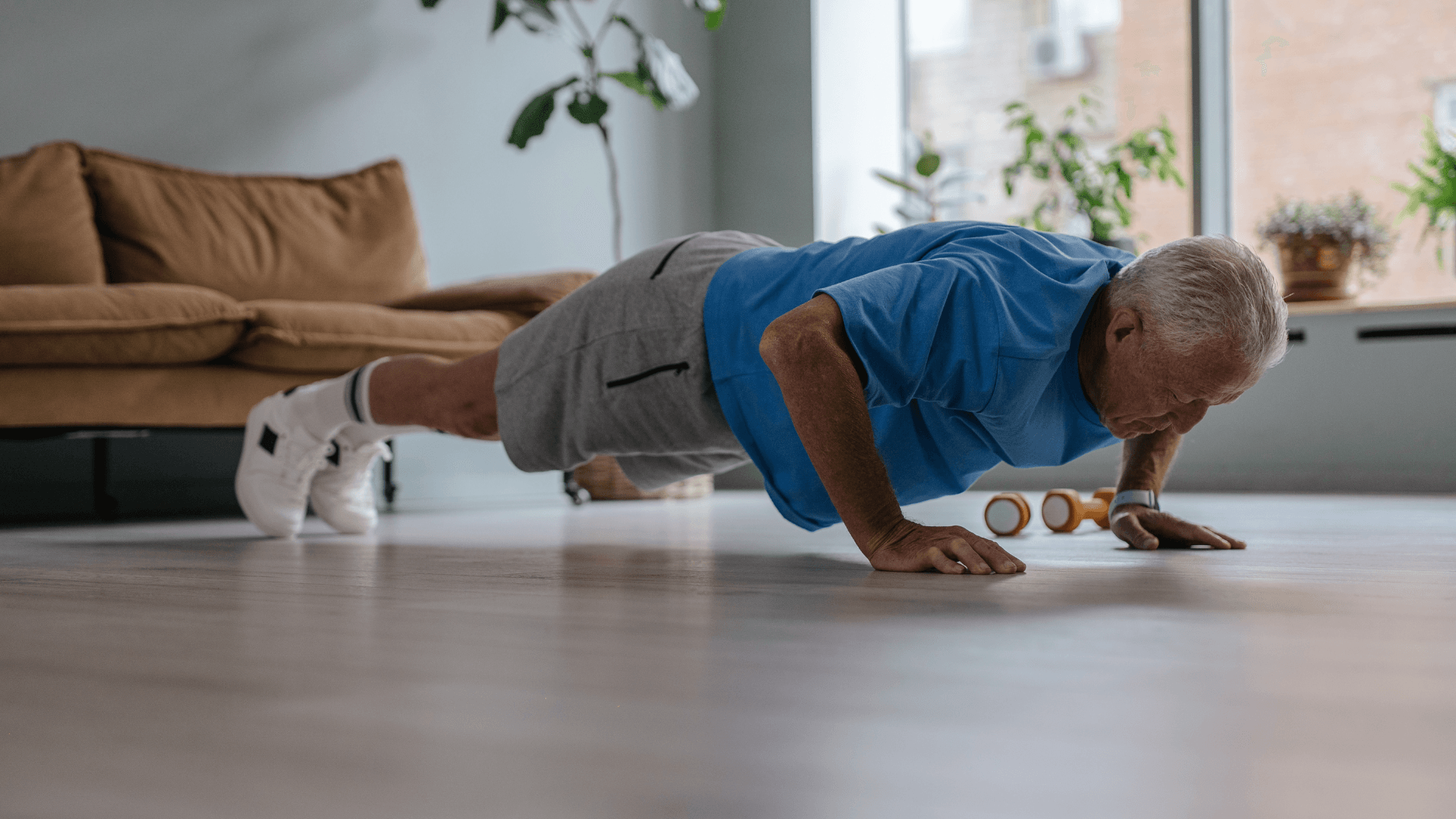
Everybody is different, therefore, an individually tailored prehab program is best. If you are a novice at exercise, your program should be created by a trained professional, such as a sports physiotherapist or strength and conditioning coach. Even the fittest amongst us can gain benefit from professional guidance. Sometimes, our bodies require minor adjustments that may not be overtly obvious but can further prevent injury and increase personal performance.
Sport & Exercise Medicine professionals are trained to assess your physique and can identify your personal strengths and weaknesses, creating a prehab program specific to your physical needs. Sports specific drills prepare your body further by a mechanism of anticipation. This is a feed-forward mechanism that trains your body to anticipate potential danger.
Anticipation can increase your body’s reflexes, preventing strains, sprains and breaks by applying corrective positioning. Here at Pure Sports Medicine, we have an experienced team of professionals who can physically screen you and create a program designed specifically for you, thus allowing you to hit the snow with confidence and stamina.

Advice
Over the last 20+ years our experts have helped more than 100,000 patients, but we don’t stop there. We also like to share our knowledge and insight to help people lead healthier lives, and here you will find our extensive library of advice on a variety of topics to help you do the same.
OUR ADVICE HUBS See all Advice Hubs